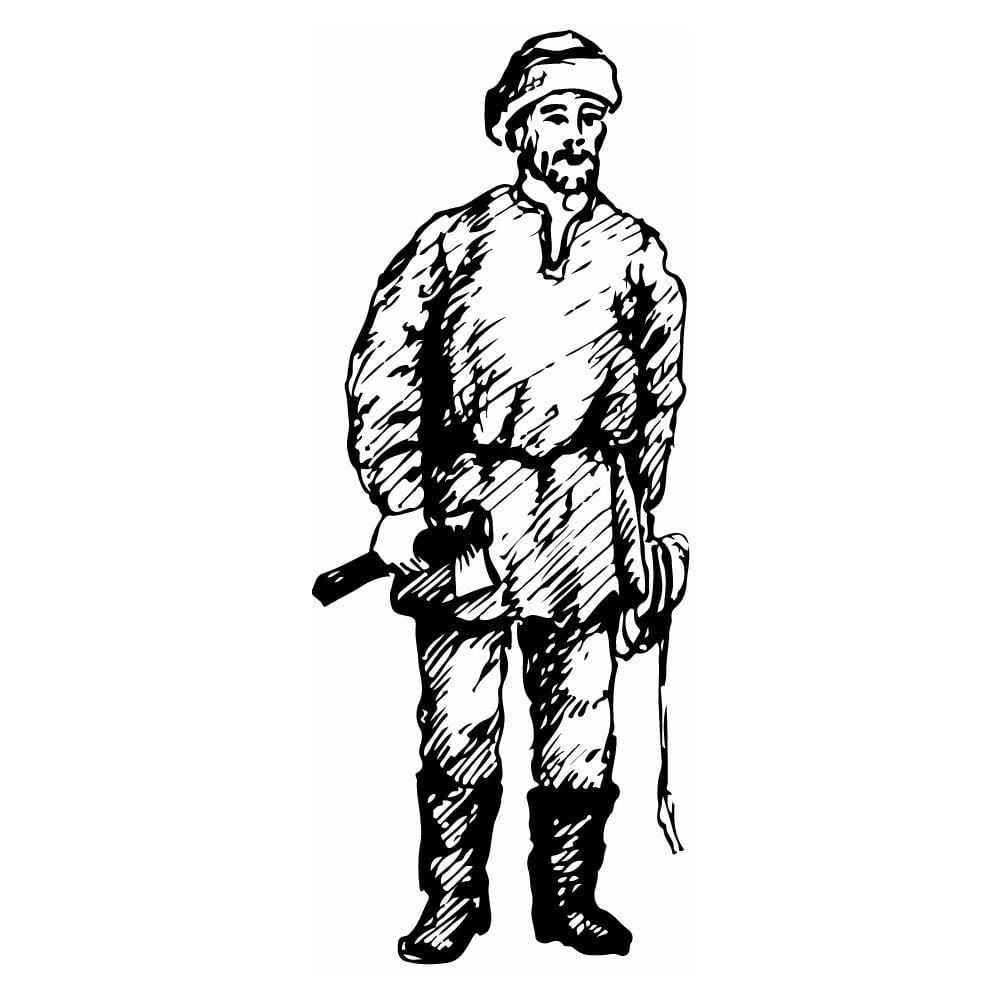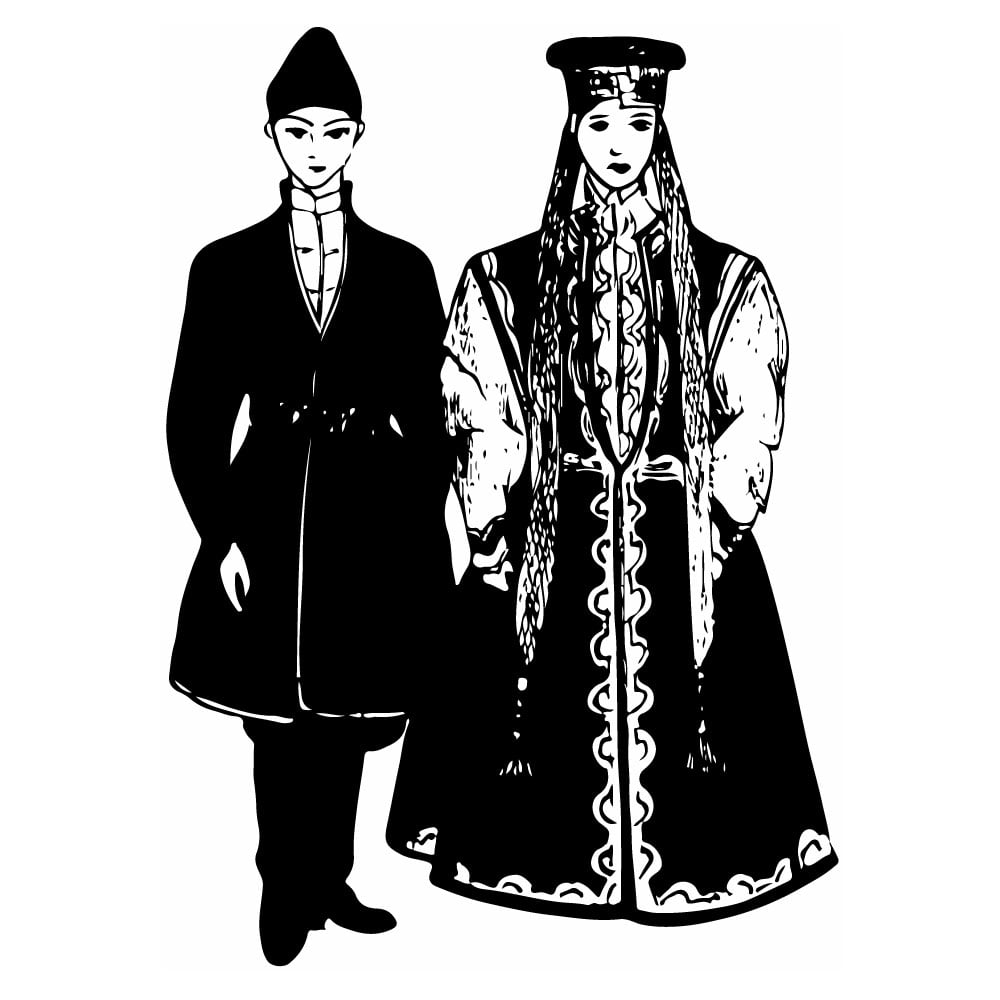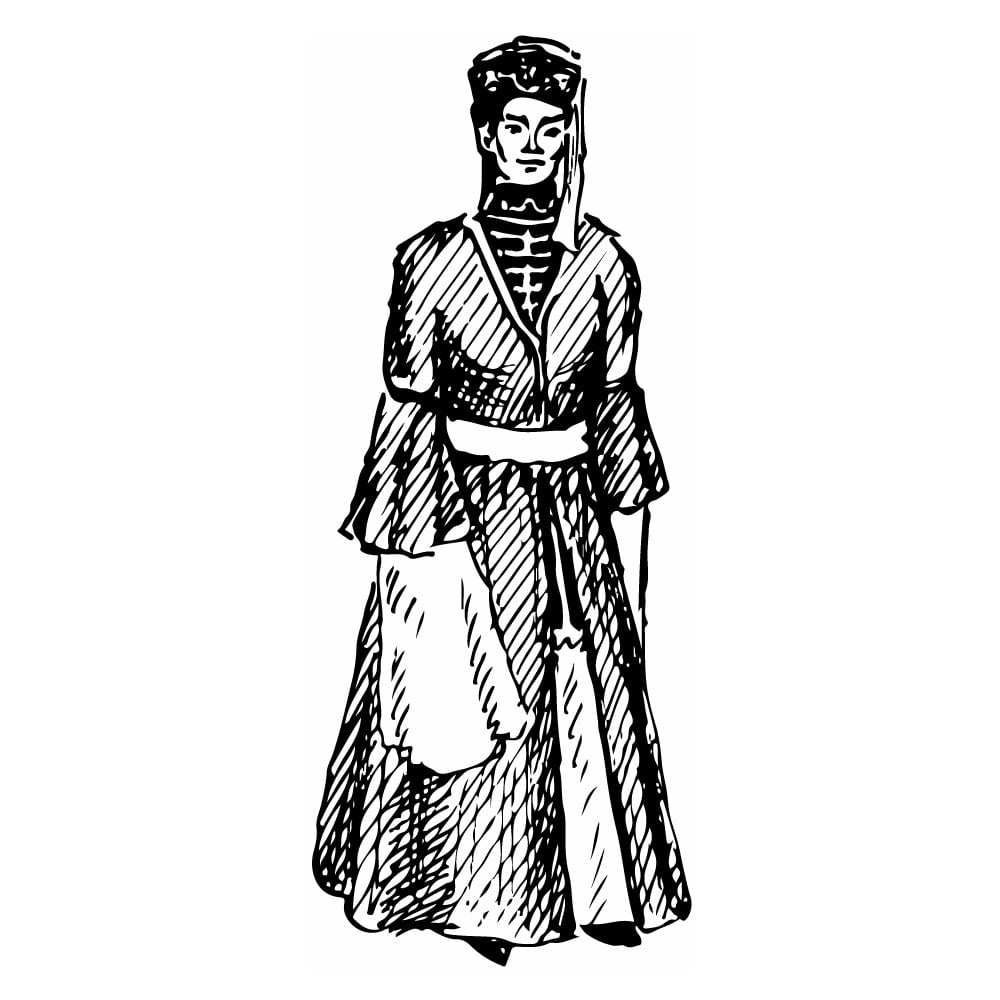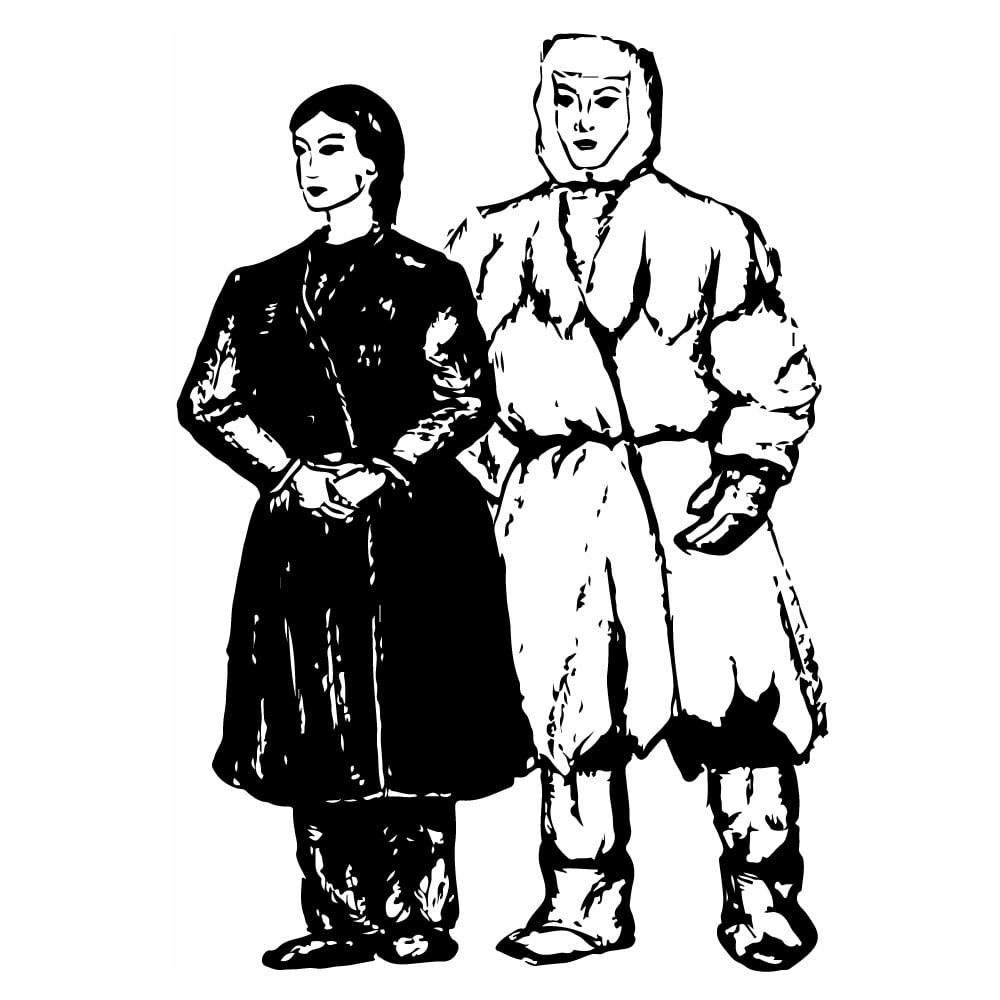Karelians
| Population | 131,000 |
| Language group | Finno-Ugrian |
| Language | Karelian |
| Region | Karelian Autonomous Republic |
| Capital | Petrozavodsk |
| Religion | Christianity (Russian Orthodox) |
*Population estimates for 1994
The Karelians (or Karyalan as they call themselves) are the people living primarily in Karelia. There are also some who live in the Kalinin region. These people include the so-called Tver or Upper-Volga Karelians who migrated there from the Yaroslavl region and other parts of Russia.
The very beginning of Karelian ethnogenesis has not been established yet. Up until the ninth century, on the northwestern banks of Lake Ladoga, one could find the Karel tribes, who are the ancestors of the Karelians. In the eleventh to the twelfth centuries they developed the western part of the present Karelian Republic. Later, they moved north towards the White Sea, and east, towards the the lands between lakes Ladoga and Onega, where they were partially mixed with the Veps (Vesi). The first records in Russian chronicles concerning the Karelians date back to 1143. Consolidation of the Karelian nationality took place in the early thirteenth century within the limits of Russia.
The native language of the people is Karelian, which belongs to the Baltic-Finnish subgroup of the Finno-Ugrian languages. Since the middle of the twentieth century, the Karelians have used the Russian and the Finnish alphabets.
Bright, colorful, and original is a good description of the Karelian folk music. Karelians are the creators of the kontele, which is a unique instrument that resembles the Estonian kannel or Russian psaltery. Many genres of folk songs such as wedding, comic, and dance songs have been preserved by the Karelians.
The Karelians are famous for their wood-carvings, paintings, and artistic embroideries.
Historically, Karelian national clothes have undergone considerable changes. The style of dress was influenced chiefly by North-Russian clothing. The ladies’ clothing consisted of a straight cut canvas shirt, a sarafan, a girdle, and a headdress, usually in the form of a cap or a kerchief. The men wore homespun fabric shirts and trousers made of homemade cloth.
For a long time agriculture had been the main occupation of the Karelians. Sometimes they went on fishing and hunting trips, which provided them with healthy food and often rescued them from famine. Blacksmithing was one of the most wide-spread handicrafts. Today, Karelia is an industrial republic that has some tourist attractions as well.
The Karelian believers are Orthodox. Since the twelfth century, Karelia has become a part of the Novgorod State. Orthodox believers have been spreading among the Karelians since.
This is Ad 1





























